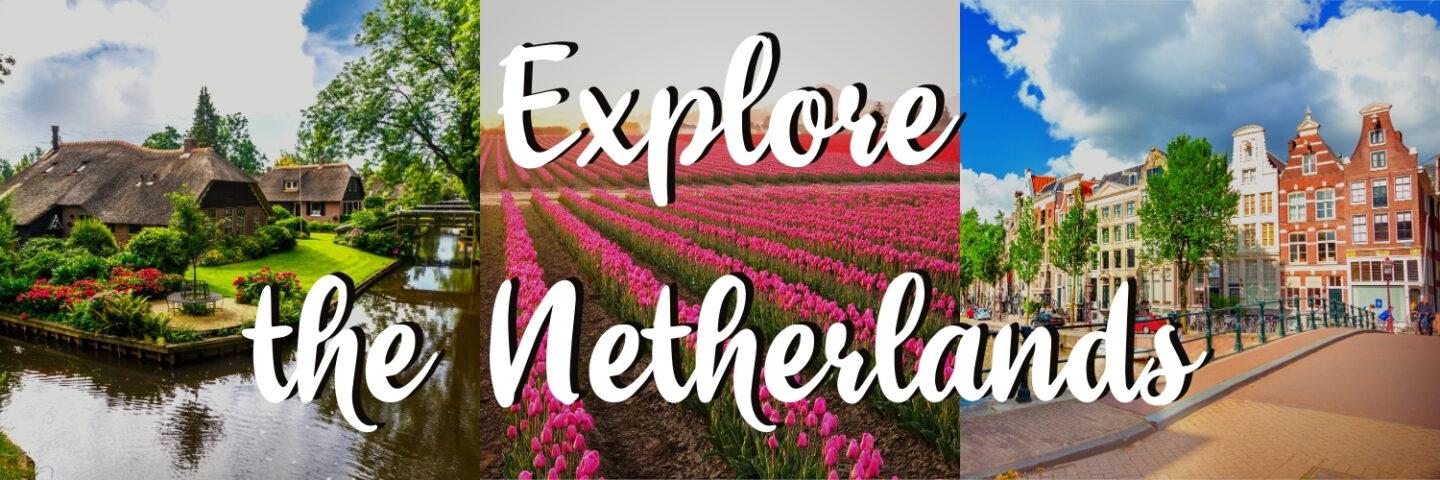
The Netherlands at a glance
The Netherlands is one of the most popular destinations in Europe. Apart from its beautiful architecture and fascinating history, the Netherlands is also known as one of the world’s most open-minded countries. It’s an exciting travel destination that offers a lot, given its small size.
Once a powerful naval and colonial power, today the Netherlands is one of the most densely populated countries in Europe. The country is mostly flat, with no mountains and partly covered by water (lakes, rivers, canals). From Amsterdam’s charming canals to the endless tulip fields in Lisse and the idyllic windmills of Kinderdijk, the Netherlands is a diverse country, with a lot to offer.
I lived in Amsterdam for one year during my Master’s Degree and I fell in love with this country and its culture. Everything here is well-organised and I loved how bicycle-friendly the entire country is. I used my bicycle daily, even for traveling between cities.
I really hope that this travel guide about visiting the Netherlands will help you plan your trip. I’ve included all the must-see places and things to do, information about costs and transport, and much more!
Good to know – The Dutch people, language and culture are referred to as Dutch, while the whole country is called the Netherlands (sometimes wrongly referred to as Holland).
The Netherlands quick facts


Language
The official language in the Netherlands is Dutch. Dutch is also spoken in Belgium and other overseas Dutch territories. It is a West Germanic, Low Franconian language that originated in the Early Middle Ages. Other spoken languages and recognized dialects include West Frisian, English, Dutch Low Saxon and more. About 90% of the population speaks English and many also know German. In case you need to translate a few words, I recommend using the Google Translate App.
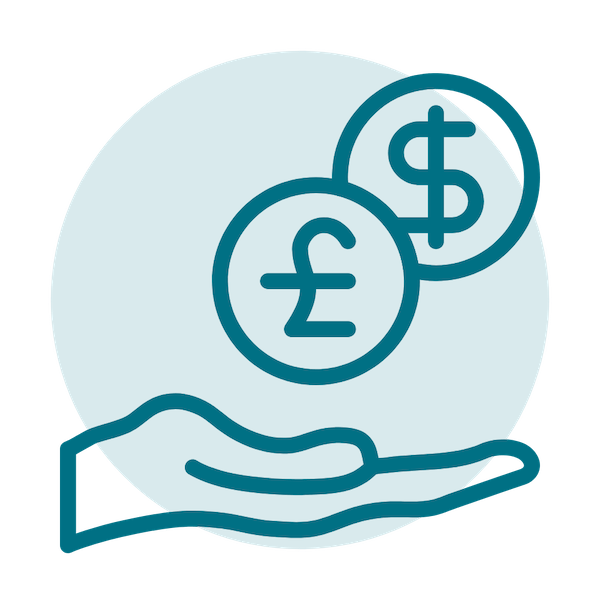

Currency
The official currency is the EURO (EUR). 1 American Dollar equals about 0.85 EUR (€). The rates might vary greatly in time, so it is best to use this website when traveling (it also has mobile apps). There are plenty exchange offices in the Netherlands, but keep in mind that those located outside the tourist areas have better rates. Credit cards can be used almost everywhere but it’s good to have some cash with you. There are plenty of ATMs in the Netherlands, especially around busy areas and tourist sights.


Getting a Dutch Visa
As a member of the Schengen Agreement Zone, there are no border controls for most member countries of this agreement (Germany, Belgium, Austria, France, Denmark and others), as well as several other countries. Travelers that have a Visa for one of the members will be able to travel to most of them. Most Asian and African countries will require a Schengen Visa for the Netherlands. However, for the latest information, it’s best to consult your local authorities.
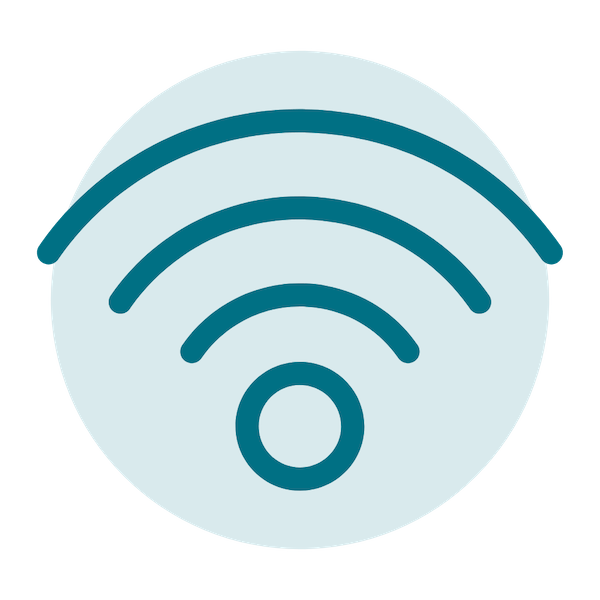

SIM Card/ Internet
The Internet in the Netherlands works great and the speed is good. All cities and villages have some sort of connection to Internet and many public spaces have free Wireless internet available. Most of the country has 4G mobile connectivity, which means that the internet speed is high. The most important mobile networks include KPN, Vodafone and T-mobile. KPN is the most popular, claiming to offer 99% coverage. The Lycamobile or Lebara are two known re-seller brands for SIM cards on the KPN network, offering a lot of call minutes and internet traffic for 15-20 Euros.


Tipping etiquette
Tipping is not very common in the Netherlands. However, when going to a restaurant, tipping is expected. Usually, 5-10% of the total bill is enough. In other instances (taxis, tour guides, hotel staff) tipping is not expected, but it’s appreciated.
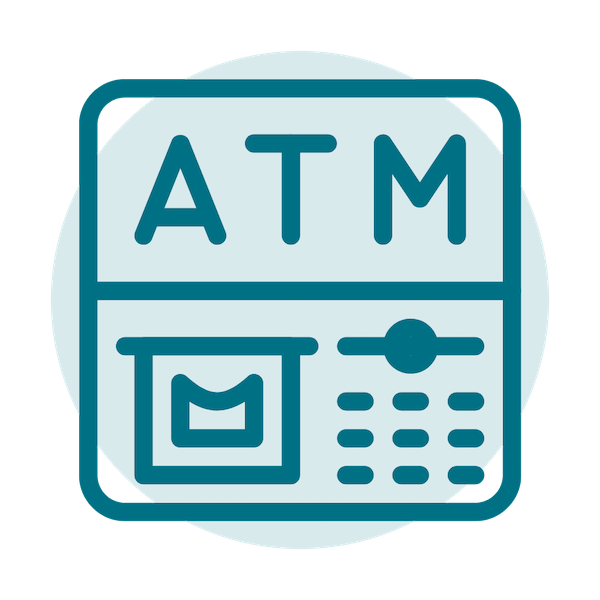

ATM Fees
You can find ATMs in big cities and smaller villages alike. Most of them won’t charge any fees for withdrawals and the only fees deducted will be those charged by your own bank. There are still some independent ATM’s that will charge a fee. A good rule of thumb is to avoid airport ATMs.
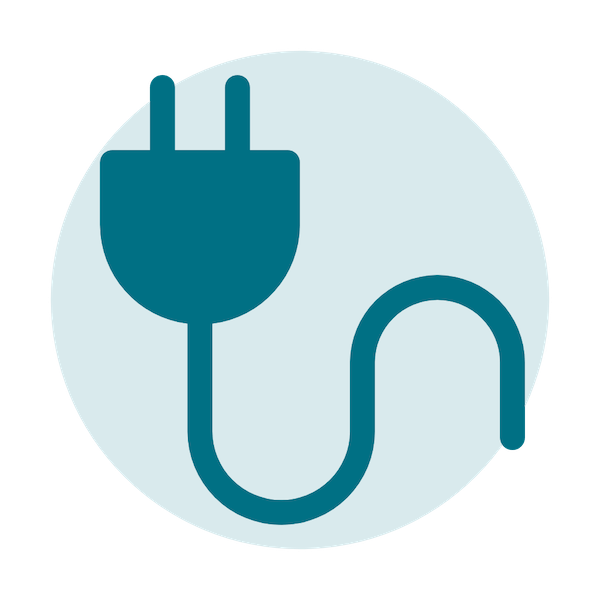

Socket types
The Netherlands uses the Type C and Type F socket types (which also work with type E). The standard voltage is 230V. To find out how each socket type looks, click here. I recommend buying a universal adapter like this one.


Best time to visit
In general, the best time to visit the Netherlands is from mid-April to mid-October, when the weather is warm. The months of July and August are usually the most crowded. Winters in the Netherlands are mild, making the country a year-round destination. The tulip blooming season is between mid-April and mid-May. The Netherlands is usually a pretty rainy destination given the influence of the North Sea so make sure to bring an umbrella.
The Netherlands Dos
- Drinking tap water in the Netherlands is safe.
- Taste the different varieties of Dutch beer. It’s one of the best and most varied in the world.
- Feel free to talk about anything with Dutch people. They are easy-going and open-minded people.
- Make eye contact when speaking or greeting Dutch people.
- Explore the Netherlands like the Dutch do, on a bicycle!
The Netherlands Don’ts
- While personal use of light drugs is tolerated in the Netherlands and there are coffee-shops selling them, other drugs are still illegal.
- Don’t speak about religion or personal wealth with Dutch people. It’s considered impolite.
- The Netherlands is an open-minded destination, especially for LGBTQ people. However, public displays of affection are not common even for hetero couples.
- Do not express intolerance towards ethnic minorities or alternative lifestyles.
The Netherlands Travel Guides
Transport in The Netherlands
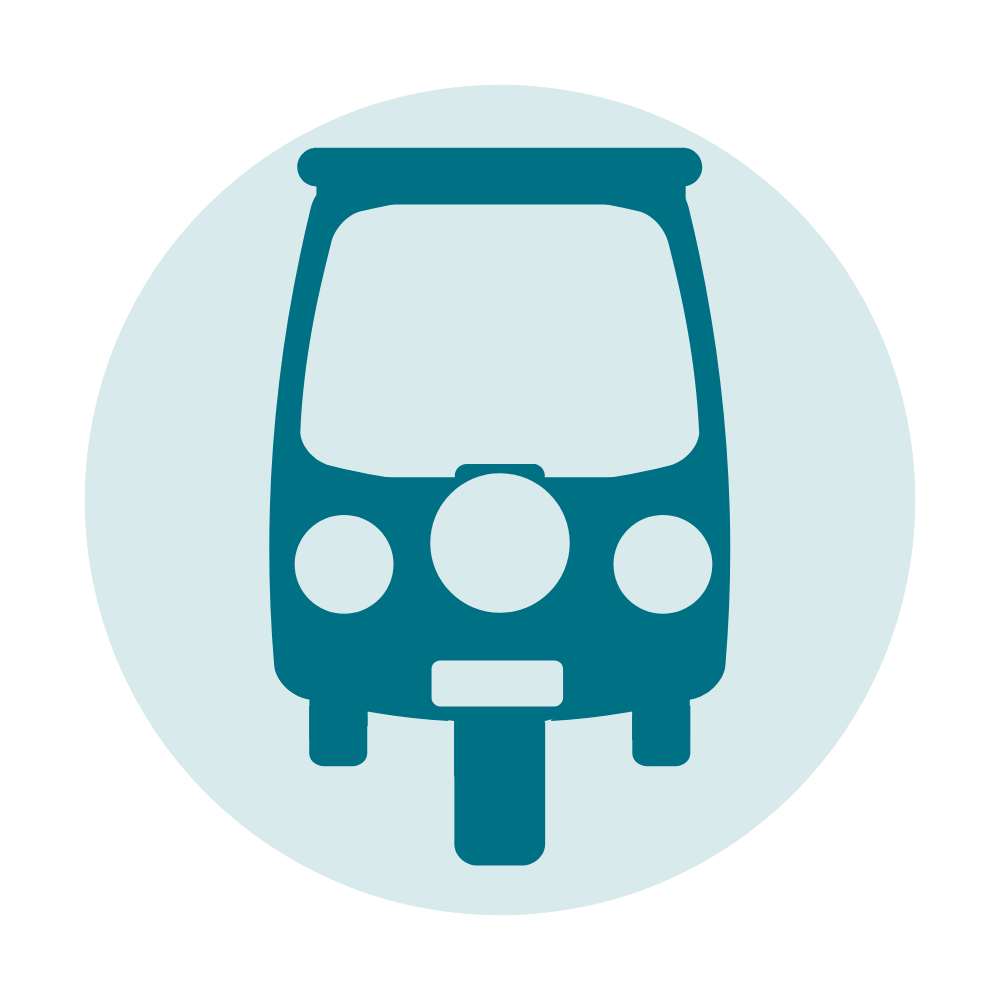

Public transport
The Netherlands has one of the most developed and well-organized public transportation systems in the world. Each city and almost every village is connected by train or bus to the main cities. The railway network is backed by local and regional buses, as well as tramways and subways in the biggest cities. Cycling is a big part of the Dutch culture and people use their bikes everywhere. If you want an authentic experience, rent a bike and explore Amsterdam and its surroundings. Here is a list of bike rental companies in the country. If you want to travel by taxi, I recommend Uber. You can easily order your taxi online and pay by card. Keep in mind that taxis in the Netherlands are pretty expensive. The base fee is 3 Euros and for every additional kilmotre, you’ll have to pay 2 Euros.


Trains
Train travel is extremely popular in the Netherlands and the railway system is very well developed and organized. There are frequent trains between the country’s big cities and travelers usually have no problem finding a good connection to almost anywhere. Usually, there are several trains each hour for the most popular city connections and a ticket can be used for any train on that route for a one-day period. Ticket prices are pretty high (around 15 Euros for a 45-minute ride), but if you plan to travel by train a lot, you can get a train pass. The EuRail Pass with Benelux package usually allows for unlimited train travel in the Netherlands, Belgium and Luxembourg for several days.


Buses
Buses are used to complement the railway transportation network. They reach even the smallest villages. For long-distance travel, trains are the best choice. Buses take longer and sometimes you’ll have to change them to get to your desired destination.


Airplanes
There are no domestic flights within the Netherlands. If you want to travel from one city to another, the fastest option is the train. However, the Netherlands is home to one of the biggest international airports – Schiphol International Airport. It has great connections to most countries in Europe and not only.
Best dishes
- Snert – This is a thick pea soup that is made with split peas, pork, celery, onions and leaks. It’s a very dense type of soup that is usually eaten during the winter with smoked sausage and rye bread.
- Soused Herring – Herring is actually a very common snack in the Netherlands, especially during the summer. It’s eaten in many forms, but a popular one is de-boned and pickled herring with pickles and onions, sometimes served in a small sandwich.
- Pannenkoeken – This is a hearty pancake style dish that can be topped with either sweet or savory ingredients like bacon, salmon, apple, cheese, chocolate, stroop. The batter is made from flour, milk, eggs and salt. Pannenkoeken can be eaten both as a main dish and as a dessert.
- Bitterballen – A very popular snack food that can be found in most bars, these small balls are made from beef or veal and served with mustard.
- Stroopwafel – Probably the most popular dessert in the Netherlands, the stroopwafel is made from baked batter and sliced horizontally. The two layers are then filled with sweet and sticky syrup.
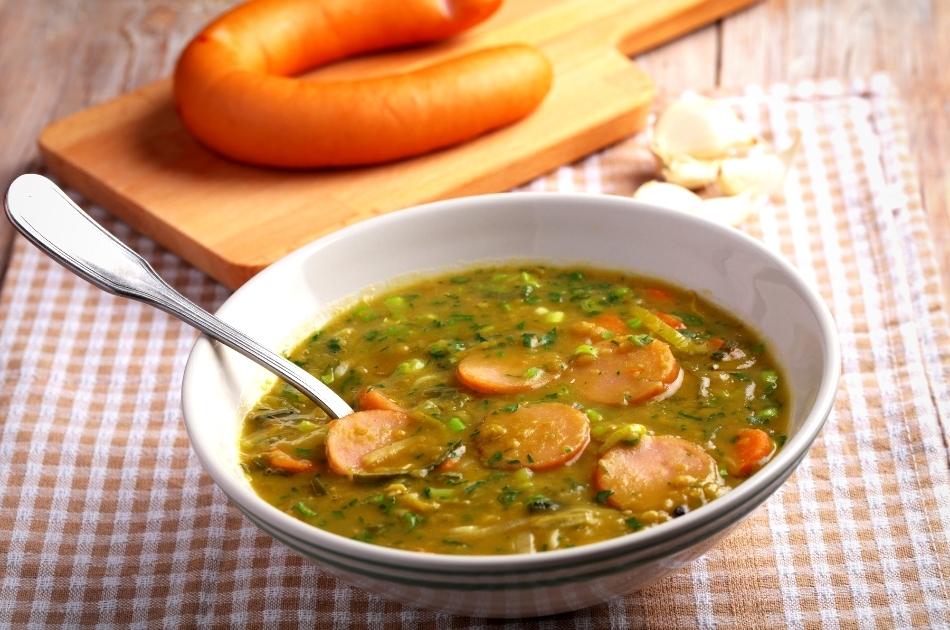
Best accommodation
The Netherlands has a wide selection of accommodation options, from the most basic youth hostels to bed and breakfasts and large hotels. Prices start at around 20 Euros per person per night in a decent hostel or guest house. If you want a private room in Amsterdam, you’ll have to pay at least 100 Euros per night. During the peak season (summer), prices are a lot higher and most accommodations will be fully booked. The only platform I use when traveling is Booking.com and I warmly recommend it to anybody looking for a trustworthy website.

The Netherlands – top tourist attractions

Zaanse Schans
One of the most traditional destinations in the Netherlands, Zaanse Schans is home to many authentic windmills, museums and workshops. You can visit it as a day trip from Amsterdam.

Lisse Tulip Fields
Probably the best place to see the legendary tulip fields is Lisse. The fields and the Keukenhof Gardens can be admired on a short trip from Amsterdam. Keep in mind that Keukenhof Gardens are only open between the end of March – beginning of May.

Delft
This small city is located in the southern part of the Netherlands and offers many interesting sights, including museums, markets and churches. The city is well-known for the blue Delftware (you can even visit a factory) and the legacy of painter Johannes Vermeer.
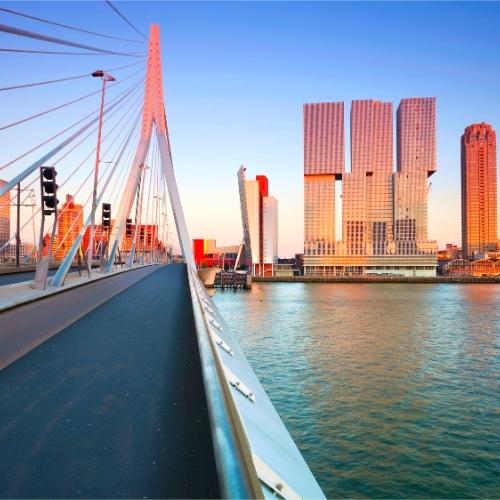
Rotterdam
A bustling modern city and one of the busiest ports in the world, Rotterdam is also an enchanting destination. It has many interesting museums, futuristic architecture and a great nightlife. Make sure to visit the Cube Houses and take a relaxing cruise to admire the views!

Leiden
The university town Leiden is an awesome travel destination if you want to avoid the crowds. It offers plenty of sights, including the old town architecture, the Botanical Garden and a few fascinating museums. Leiden is a town full of history and the birthplace of Rembrandt.

Utrecht
The majestic Gothic Dom Church is one of the city’s symbols and a must-see landmark. Utrecht is also home to many other beautiful churches, museums and old buildings. The city is a major university center with a bustling nightlife.

Amersfoort
Filled with historic buildings and streets, the old center of Amersfoort is a fascinating travel destination. It offers many interesting museums, an incredible zoo garden, river and canal tours, as well as enchanting cafes and restaurants.

De Haar Castle
One of the most beautiful medieval castles in Europe and the largest one in the Netherlands, De Haar is a complex experience. Home to historical and architectural treasures, colorful gardens and interesting exhibitions, De Haar Castle is one of the top attractions in the Netherlands.
The Netherlands Daily Costs
The Netherlands is an expensive travel destination, especially during the summer and in cities like Amsterdam. Everything from accommodation to train travel is more expensive there, although there are still many ways to cut down on daily travel costs.
To give you an idea about prices, see the table below.
| Range | Accomodation | Food | Transportation | Attractions | Total |
|---|---|---|---|---|---|
| Low Budget | $20 | $15 | $10 | $15 | $60 |
| Mid-Range | $65 | $30 | $20 | $30 | $145 |
| Luxury | $200 | $50 | $40 | $50 | $340 |
| Expense | Low Budget | Mid Budget | Luxury |
|---|---|---|---|
| Accomodation | $20 | $65 | $200 |
| Food | $15 | $30 | $50 |
| Transportation | $10 | $20 | $40 |
| Attractions | $15 | $30 | $50 |
| Total | $60 | $145 | $340 |
The Netherlands Money-Saving Tips
- The cheapest way to get around the Netherlands is on a bike. Avoid traveling by taxi or subway.
- Avoid the high season (June-August), when all the prices are higher and the best places are very crowded.
- Drink tap water and use a refillable bottle.
- The OV Chipcard is a great way to pay and save money on public transportation.
- There are plenty of free things to do in the Netherlands. Admire the architecture and take a walk along the canals.
Useful websites & apps
1. Hotel booking – Booking.com
2. Offline Maps – Maps.me – Android & iOS
3. Taxi App Uber – Android & iOS
4. Train tickets and schedules – click here
5. Public transport chip card – click here
6. Travel planner for public transport – click here
8. Bike fixing service – click here
10 Cool Facts about The Netherlands
1. There are more bikes than people in the Netherlands. For every person, there are 1.3 bicycles.
2. The Netherlands is not the same as Holland. Nord-Holland and South-Holland are two of the 12 provinces in the country.
3. Over a quarter of the country is actually lying below the sea level and the highest point in the Netherlands is just over 320 meters.
4. Dutch people are the tallest in the world. The average male height is 183 cm, while the average female height is a little over 170 cm.
5. The Netherlands is the second beer exporter in the world after Mexico, with some of the most popular beer brands in the world like Amstel or Heineken.
6. Some of the greatest artists in history were Dutch (Rembrandt or van Gogh and many others).
7. Even if the Netherlands is the biggest exporter of tulips in the world, the flowers are of Ottoman origin.
8. Amsterdam is home to more than 180 nationalities.
9. The Netherlands was one of the six founding members of the European Union.
10. The Netherlands has the highest English proficiency in the world. About 90 of the population speaking English as a second language.
Travel Insurance
When planning for your trip to The Netherlands, don’t forget about travel insurance! You never know what might happen and it’s best to be safe than sorry. Use the box below to get a quote for a travel insurance that best fits your needs.



